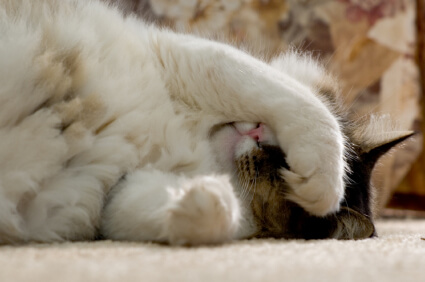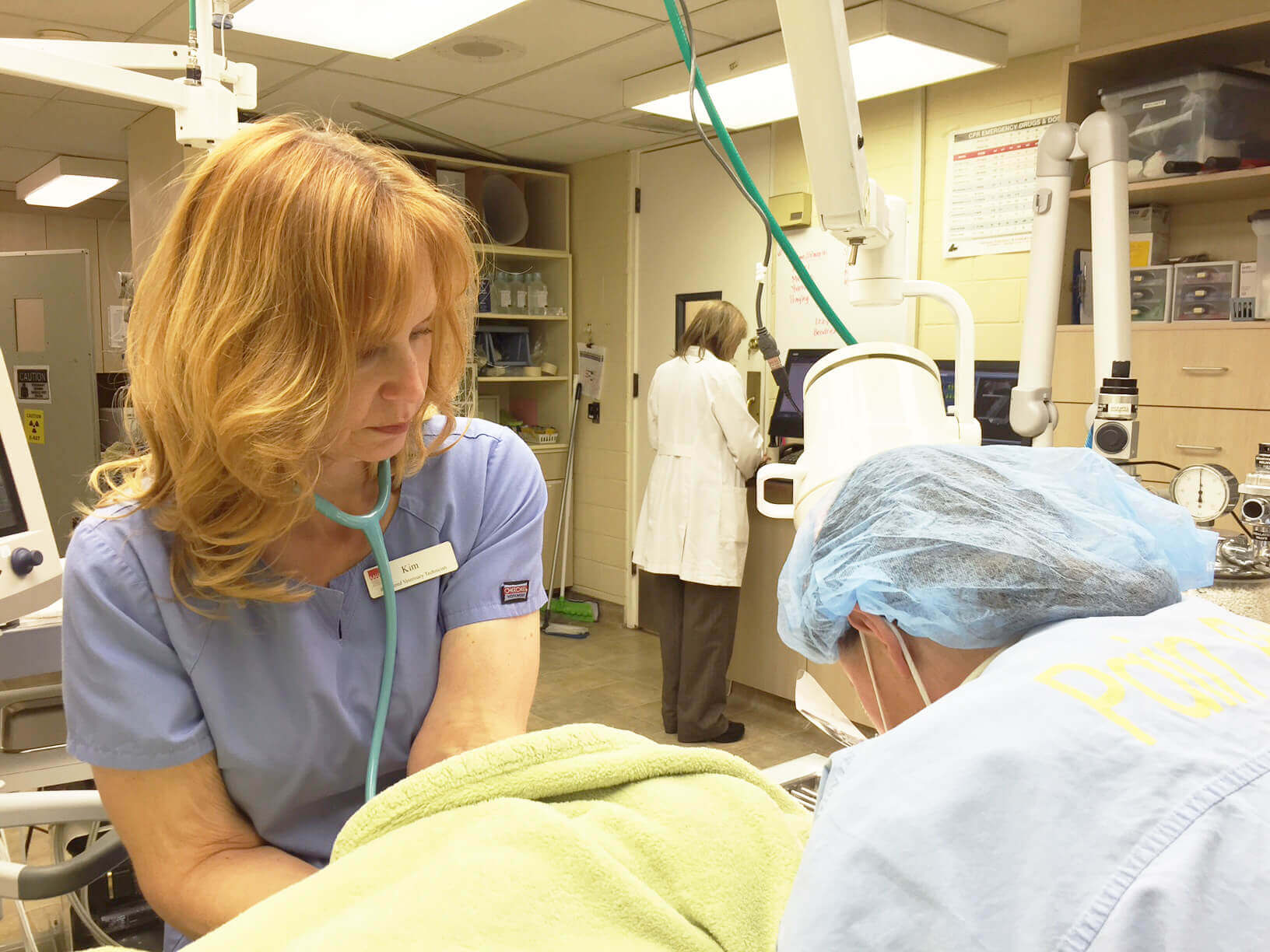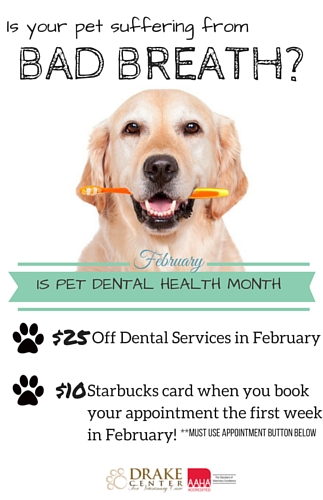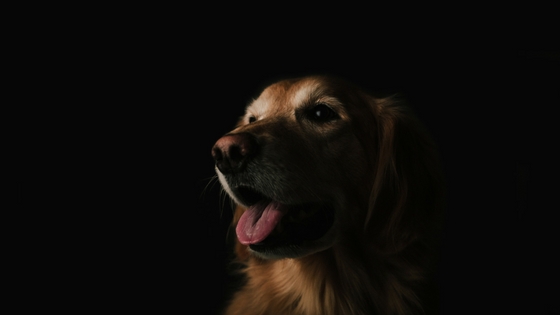By Gabrielle Feldman
Checked by Dr. Heather Kovac
If you have looked into having your dog or cat’s teeth cleaned, you probably have stumbled upon anesthesia free pet dental cleanings. This simply means that your pet will not go under general anesthesia in order to have their teeth cleaned. At first glance, it seems less risky and less expensive- so why not?
Current California legislation prohibits non-veterinarians from scaling plaque off of pet’s teeth using sharp instruments. The only legal way to do a cosmetic cleaning is with the use of a toothbrush, gauze, and toothpaste. Yet many businesses proudly offer this service as part of a grooming regimen. Think of it this way- you wouldn’t go to a salon for your own oral hygiene needs, and neither should your pets.
What happens during an anesthesia-free dental cleaning (AFD) or non-anesthetic dental (NAD)?
Restraint
First, because your pet is not under general anesthesia, they must be physically restrained for a lengthy amount of time.

No one could expect their pet to sit like this, perfectly still, while having a dental procedure done.
Because your pet does not understand what is happening to them, this can be a traumatic experience for them. Even beyond the cleaning, it can cause heightened anxiety during your at home dental hygiene routine.
Pain
Even with high levels of restraint, your pet may move his or her head during the process. The individual who is doing the scaling to remove the plaque is using extremely sharp tools, and could unintentionally cause damage to the oral tissue.
In addition, your pet could be experiencing pain and discomfort while having years of plaque build up scraped off of their teeth. If your pet has a loose or diseased tooth, it will be painful to have this tooth cleaned.

Effectiveness
Unfortunately, the appearance of white shiny teeth may give the impression of a healthy mouth. The truth is, it is purely cosmetic, and the pet may have benefitted very little.
Without your pet going under anesthesia, there is no possible way to clean the inside surfaces of the teeth or below the gumline. Plaque accumulation below the gumline is what can actually cause serious overall health problems. To learn more about the effect of periodontal disease on your pet’s health, go here.
Why Anesthetic Pet Dental Cleanings are Important
First, we would like to take the time to debunk the perception that it is dangerous. The truth is, the use of general anesthesia is extremely safe when properly administered by trained individuals. A pre-anesthetic examination and blood test will help the doctor decide on the best anesthetic protocol for your pet.

At The Drake Center, each patient has a doctor and two highly skilled veterinary technicians monitoring them at all times. The patient has an IV catheter in place and is receiving intravenous fluids during the procedure to ensure hydration and normal blood pressure.
Each tooth is probed and assessed individually looking for pockets and disease. Full mouth dental x-rays are required to assess the root and bone health surrounding the teeth. Many times, problems are found during this procedure that would not have been identified during an awake examination.
Value
Unfortunately, it is not uncommon for a patient to come in after receiving an AFD and after taking dental x-rays, we find serious issues that were not addressed. Common problems include significant bone loss, fractured roots or crowns, abscessed teeth, and oral tumors.
As you can see, the tooth looks white and shiny- yet below the gumline, this tooth is extremely diseased.
Not only was the AFD a waste of money, it delayed the owner from discovering the issue because they were under the false impression that everything was fine.
Standards
The Drake Center’s mission is to provide your pet with the highest standards available in veterinary medicine. We are proud to have been certified by the American Animal Hospital Association (AAHA) for the past eleven years. AAHA , the American Veterinary Dental College, and the American Veterinary Medical Association all agree- no pet should have an AFD dental cleaning.
What happens during a dental cleaning at The Drake Center?
- The patient is admitted to the hospital after an overnight fast
- The patient is examined by the doctor to ensure the pet is healthy enough for the procedure
- The patient is given an injection of a sedative and analgesic
- An IV catheter is placed
- The patient is intubated and placed under general anesthesia
- IV fluids are administered continuously throughout the procedure
- The patient is connected to monitors which record blood pressure, body temperature, respirations, oxygenation, EKG, and heart rate
- The patient is actively kept warm with a Bair Hugger heating device
- One technician takes the dental x-rays and performs the cleaning while the second is constantly monitoring the patient
- The doctor oversees the entire procedure, evaluates the x-rays, performs any oral surgery required, administers any necessary medications, and communicates with the owner over the phone
- Once complete, the patient is transferred to a recovery cage to ensure a comfortable recovery
- The patient is discharged in the late afternoon at a dismissal appointment with the doctor
If you have any questions, comments, or concerns about pet dental cleanings, feel free to contact us.


